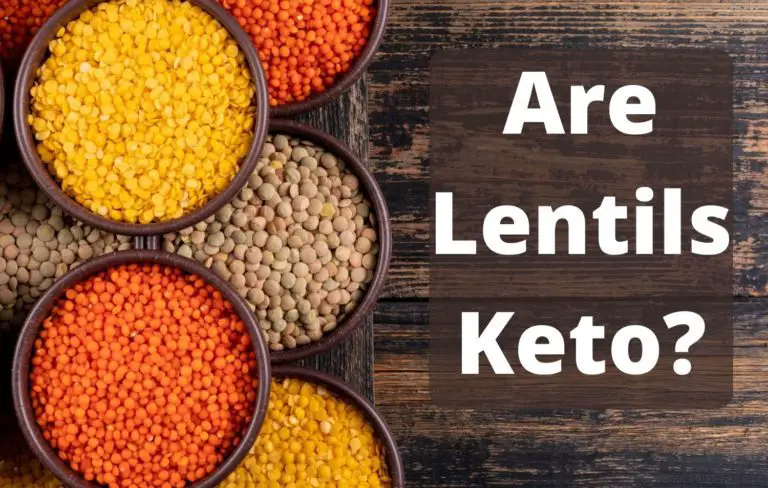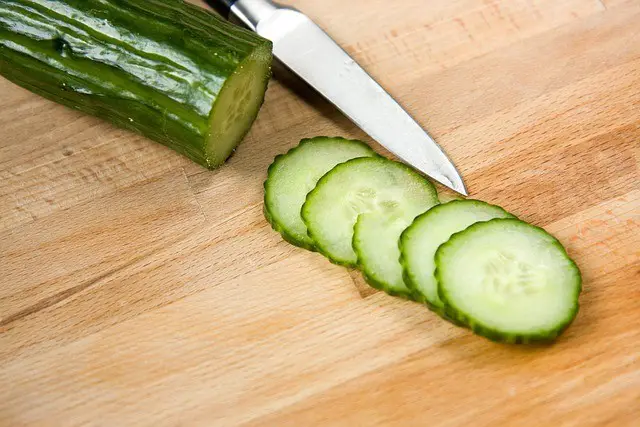Are you Keto-curious or a fan of hummus? If so, you might be wondering if this tasty dip can fit into your Keto diet. Don’t worry, we’ve got you covered. In this article, we will delve into the nutritional content of hummus like how many carbs does a typical hummus has and also we’ll discuss its potential role in a ketogenic diet. Finally you’ll get some delicious recipes for homemade Keto Hummus.
The Keto diet is a low-carb, high-fat diet that can help you lose weight and improve your health. Whether you’re just starting out on the Keto journey or have been following it for a while, this information will help you make informed decisions about what to include in your meal plan. So let’s dive in and find out if can eat hummus in a Keto diet.
Overview of Hummus as a Traditional Middle Eastern Dip or Spread
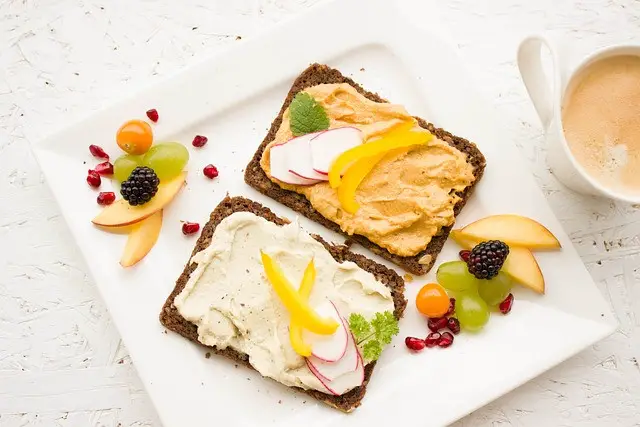
Hummus is a traditional Middle Eastern dip or spread, typically made from chickpeas, tahini, lemon juice, garlic, olive oil and salt. But there are endless variations of this popular dish, with ingredients like roasted red peppers, spinach, and artichokes being added to the mix. It can be used as a dip for vegetables or Keto bread, or as a spread on Keto-friendly sandwiches. Hummus is high in carbs. It also has proteins and fiber and it’s gluten-free.

Chickpeas are the star ingredient in hummus, but there are a few other ingredients that give this dip its characteristic flavor and texture. Tahini (sesame paste) is a must, as is olive oil, lemon juice, garlic, and salt. Some recipes also call for ground cumin, which gives hummus a slightly smoky taste.

These ingredients all contribute to the nutritional profile of hummus. Tahini is high in healthy fats and minerals like magnesium and zinc. Olive oil is a good source of vitamin E and antioxidants. Lemon juice is high in vitamin C. Garlic is beneficial for gut health, and cumin has anti-inflammatory properties. All together, these ingredients make hummus a nutrient-rich food that can fit into a Keto diet.
Nutritional Breakdown of Hummus
According to the USDA’s nutrition database, one tablespoon (15 grams) of commercial hummus has the following nutritional breakdown:
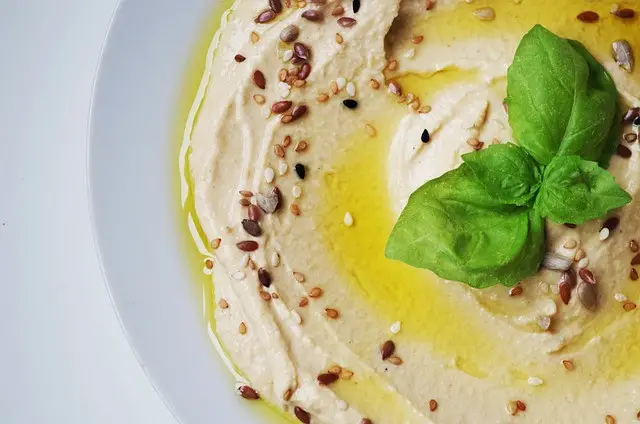
- Calories: 25
- Fat: 1.4 grams
- Saturated fat: 0. 2 grams
- Cholesterol: 0 milligrams
- Protein: 1.2 grams
- Carbohydrates: 2.1 grams
- Fiber: 0.9 grams
- Potassium 34.2 milligrams
- Sodium: 56.9 milligrams
- Sugar: 0.5 grams
The proportion of each ingredient in a traditional hummus recipe can vary slightly depending on the type of tahini used, the amount of garlic added, or other optional ingredients like olive oil or smoked paprika. But as you can see from the basic nutrition facts above, this dip is certainly not high in fat.
Is Hummus Keto-Friendly?

Ah, hummus—the classic chickpea dip that’s so good you could almost eat it straight out of the tub. But is it Keto-friendly? The answer is yes and no. Chickpeas are full of carbohydrates. A ninety-gram serving of cooked chickpeas contains twenty grams of carbohydrates, thirteen of which are net carbs, so traditional hummus isn’t really ideal for a Keto diet. However, there are ways you can make it work by making some easy substitutions.
When it comes to eating hummus on a Keto diet, less is definitely more. Try to stick to just 2-4 tablespoons (30-60 grams) to enjoy 4-8 grams of net carbs. The easiest way to make hummus Keto-friendly is to use cauliflower instead of chickpeas. This will not only reduce the amount of net carbs in the mix, but also adds more fiber and nutrition overall—it’s a win-win! Other options include swapping out the tahini for nut butter or avocado. More on that below!
So if you’ve been missing your favorite dip on your low-carb diet, don’t despair—just try out some creative hummus modifications and make it work for your lifestyle!
Keto-friendly Hummus Options: From Classic Chickpea to Cauliflower
One way to make hummus Keto-friendly is to substitute traditional ingredients with low-carb alternatives. Here are some options for making Keto hummus:
Replace chickpeas with roasted cauliflower

Chickpeas are a high-carbohydrate ingredient in traditional hummus. To lower the carbohydrate content, roasted cauliflower can be used as a substitute.
Use avocado instead of tahini

Tahini, made from ground sesame seeds, is a common ingredient in hummus. However, it can be replaced with avocado to add creaminess and lower the carb content.
Substitute traditional seasonings with herbs and spices

Traditional hummus often includes ingredients like lemon juice and garlic, which add flavor but also contribute to the carbohydrate content. To lower the carbs, try using herbs and spices like parsley, cumin, and paprika to add flavor to your Keto hummus.
Benefits of Incorporating Keto Hummus into a Ketogenic Diet

Incorporating Keto hummus into a ketogenic diet can provide several benefits, including:
High-fat, low-carbohydrate content
A ketogenic diet is characterized by high-fat, low-carbohydrate intake. Keto hummus, made with low-carbohydrate ingredients like avocado or cauliflower, can provide a source of healthy fats while keeping carbohydrate intake low.

Sources of protein and fiber

Traditional hummus is a good source of protein and fiber, and Keto hummus made with low-carbohydrate ingredients can still provide these nutrients. Protein and fiber can help keep you feeling full and satisfied, making it easier to stick to a ketogenic diet.
Versatility in use as a dip or spread

Keto hummus can be used in a variety of ways, making it a versatile addition to a ketogenic diet. It can be used as a dip for vegetables or a spread on Keto-friendly sandwiches and wraps.
Delicious Recipes for Homemade Keto Hummus
Here are two recipes for homemade Keto hummus that are both easy and delicious:
Avocado Hummus:
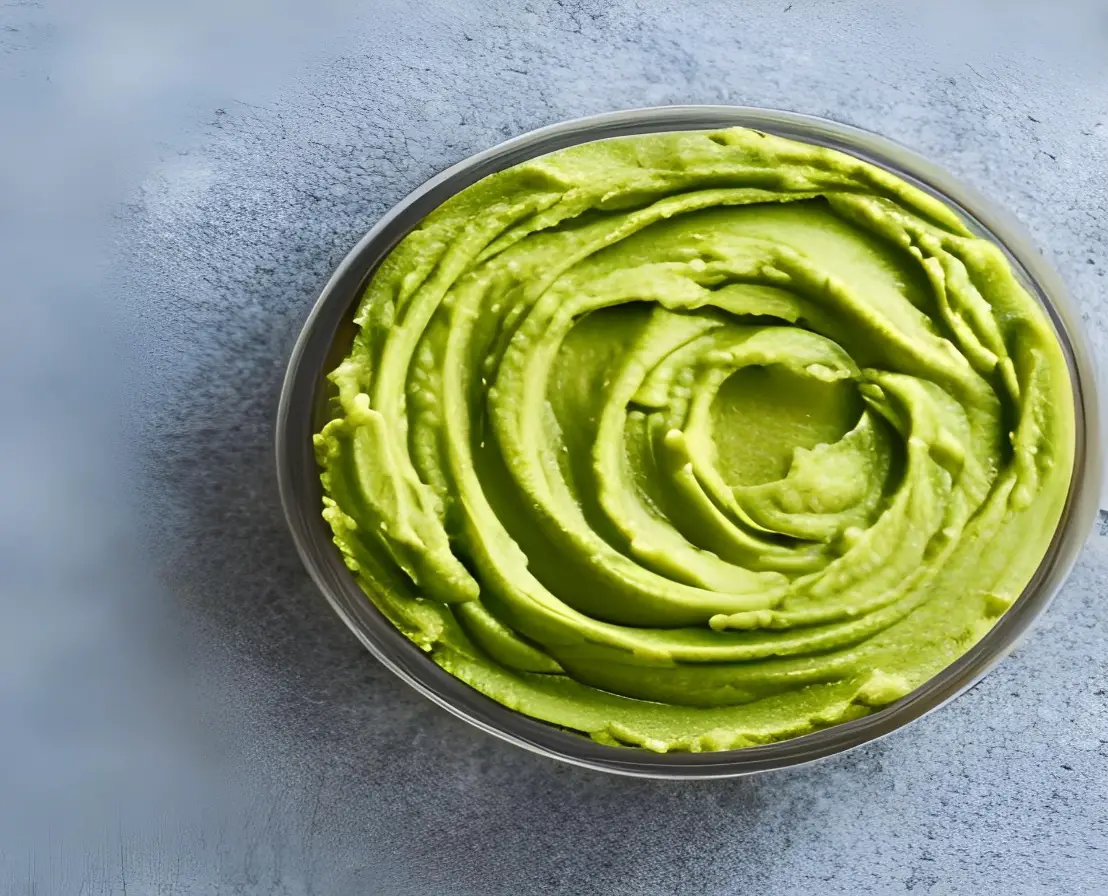
Ingredients
- 1 ripe avocado, peeled and pitted
- 2 cloves garlic, minced
- 2 tablespoons lemon juice
- ¼ cup olive oil
- Salt and pepper to taste
- Paprika for garnish (optional)
Cooking directions
Blend all ingredients in a food processor until smooth. Garnish with paprika if desired.
Cauliflower Hummus:
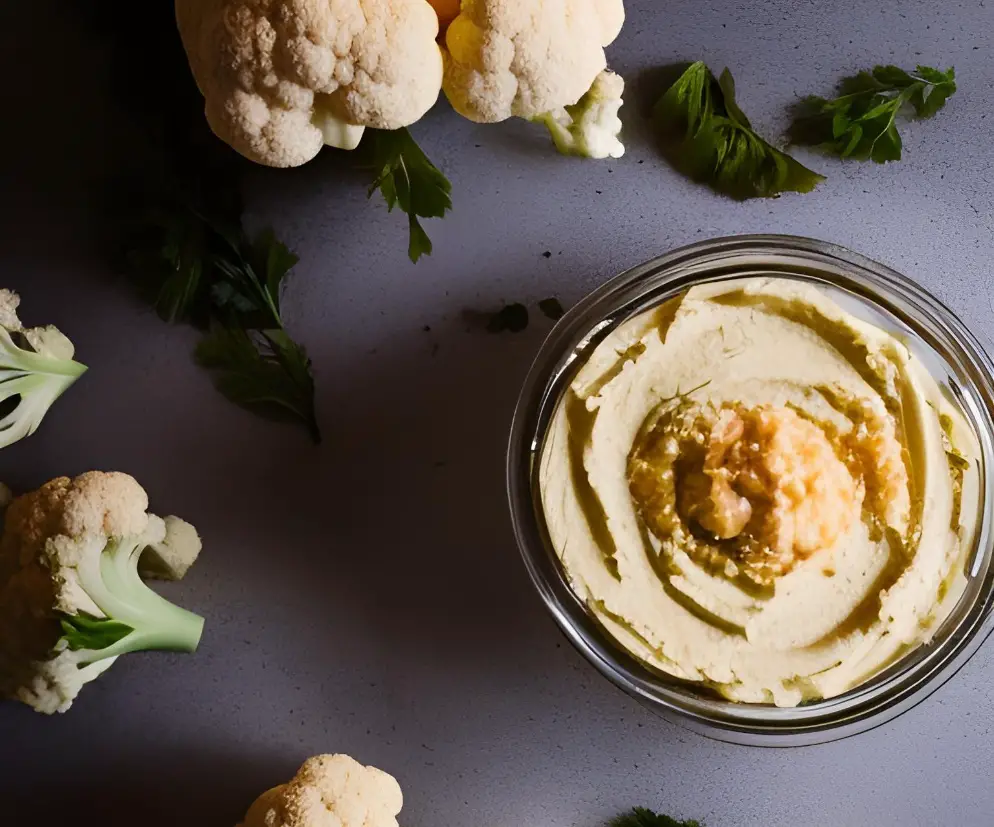
Ingredients
- 1 head cauliflower, broken into florets
- 2 cloves garlic, minced
- ¼ cup tahini
- 2 tablespoons lemon juice
- ¼ cup olive oil
- Salt and pepper to taste
- Chopped parsley for garnish (optional)
Cooking methods
Steam the cauliflower until tender, then blend in a food processor with the remaining ingredients until smooth. Garnish with chopped parsley if desired.
Alternatively you can roast the cauliflower florets with avocado oil then blend with the remaining ingredients.
Both of these recipes can be easily adapted to your taste preferences by adding different herbs and spices. Enjoy with vegetables, Keto-friendly crackers, or as a spread on Keto sandwiches.
Conclusion
So, is hummus Keto-friendly? The answer is both yes and no. Traditional hummus is not Keto-friendly because it contains chickpeas, which are high in carbs. However, there are Keto-friendly variations of hummus that can be enjoyed on the Keto diet. These variations typically contain cauliflower instead of chickpeas, which makes them much lower in carbs and it’s just as delicious as traditional hummus.
Not only is cauliflower hummus Keto friendly, but it’s also incredibly versatile. You can enjoy it as a dip with roasted veggies or grilled chicken, or use it as a condiment in place of mayo or ketchup. Cauliflower hummus is a great alternative if you’re looking for a lower-carb option, and it’s just as delicious as traditional hummus.
With so many delicious hummus recipes to choose from, there’s no need to deprive yourself of this favorite dip. So go ahead and enjoy hummus on Keto – you’ll be glad you did!


